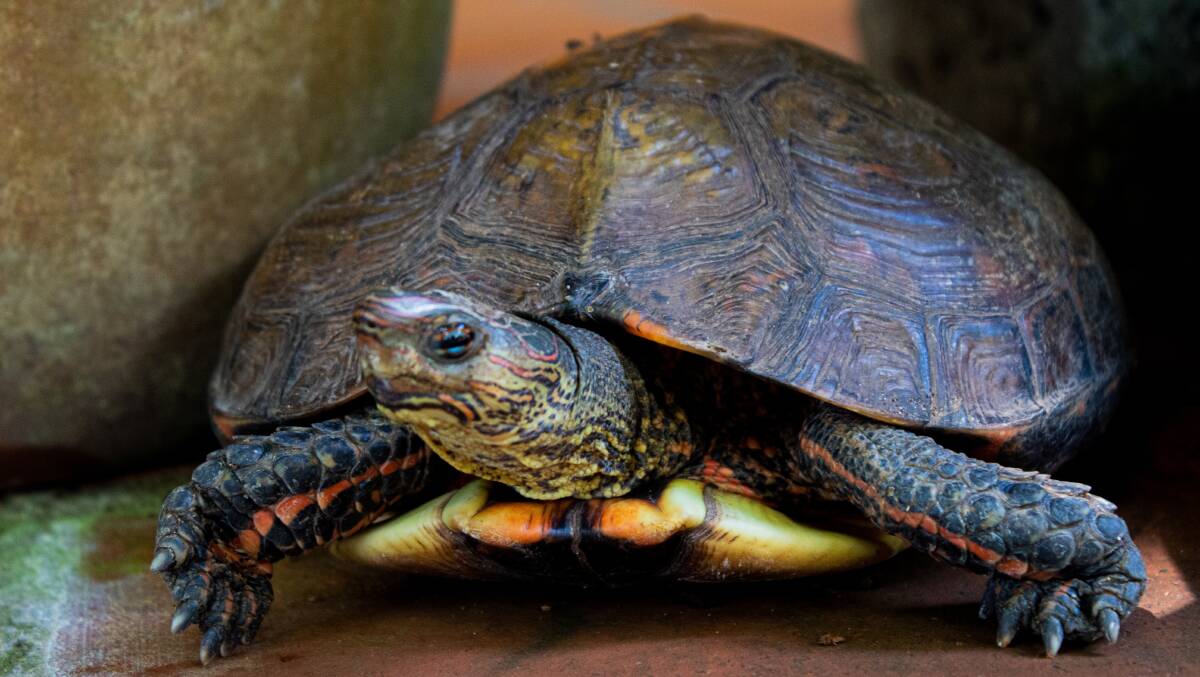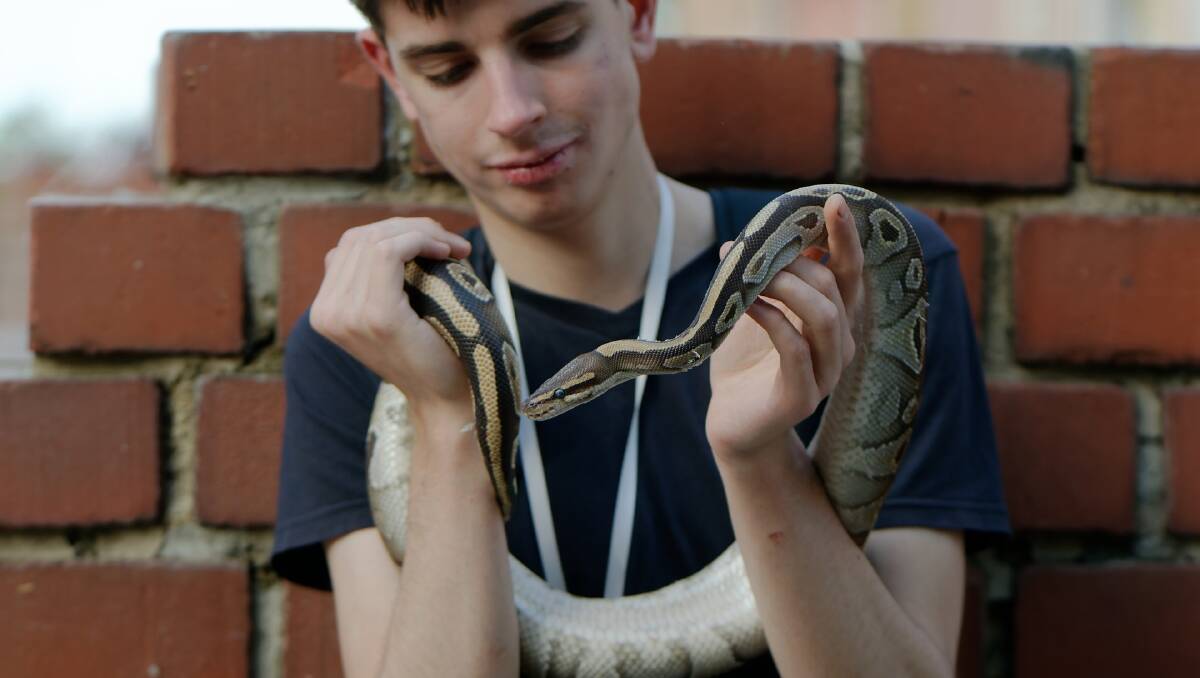YOUR PETS

Reptiles are fascinating and wonderful animals, but it's important to know that keeping a reptile is a long-term commitment of significant effort and species-specific care is needed to keep them happy and healthy.
It can be very challenging to keep some species of reptiles in domestic settings in a way that safeguards their physical and mental health, and provides them with the opportunity for positive experiences and good welfare.
They should only be kept if this can be achieved. Reptiles must not be taken from the wild to be kept as companion animals.
So, if you've thoroughly done your research, and you feel you and a reptile will be a good fit, and you will be able to give them a good life, you will need to prepare. Part of this means deciding on where to put your reptile enclosure, which depends on temperature, sunlight, potential disturbances, and space.
Temperature
Many people think by placing their reptile's enclosure by a window, they are providing warmth, UVB radiation, and environmental enrichment. Unfortunately, this is not correct.
Direct sunlight coming through the window will overheat and possibly kill your reptile; the opposite can also occur if the window lets out a lot of heat; it could make your reptile too cold; and the glass will filter out any UVB radiation.
Another consideration is whether to place the enclosure on the floor, or up higher such as on a bench. In some rooms of your house the floor will be much cooler than other levels - especially the ground level. This is because heat naturally rises.
Placing the enclosure on a bench may be a better option unless the floor is well insulated. Make sure there aren't any drafts around the area where you will place the enclosure, as these can cause your reptile's enclosure to be too cold.

The importance of sunlight
Reptiles need both white light and ultraviolet light. The best place to get this is from the sun, but artificial lights are often capable of replicating the effect of sunlight indoors.
White light and UV light are both crucial for your reptile's health and they must receive the correct amounts of each. UV (ultraviolet) light is a wavelength that can't be seen by the human eye, although it's visible to many animals including reptiles.
Reptiles, except perhaps snakes, who are deprived of exposure to UVB, cannot absorb calcium from their diet resulting in metabolic bone disease. Other harmful effects arising from the lack of adequate UVB and UVA exposure stem from the negative impact this has on the immune system.
Both the quality and quantity of light have important consequences for the health of captive reptiles. It's important to have a lighting system for your reptile enclosure that allows a normal day-night cycle. Many reptiles are sensitive to the flickering of fluorescent tubes, so it may be best to use bulbs for white light. Don't rely on sunlight coming through a window, as unfortunately the essential UVB light is filtered out almost completely by glass and plastic.
Keep your reptiles in a safe place
A lot of reptiles get very upset by heavy vibrations, and your floor is basically a conductor of them. Raising an enclosure, on a shelf, table, or stand, means it receives less intense vibrations because the stand has a dampening effect.
Captive reptiles tolerate people and our associated disturbances to a certain extent, but still need their peace and quiet to be physically and mentally healthy. Too much activity around their enclosure will result in them suffering from stress, poorer welfare and, they may become aggressive or anorexic, depending on the species.
You will need to plan ahead to make sure you have enough room in both the enclosure and the room if the animal continues to grow. What seemed to be an ideal size last year may be too small next year, as your reptile will need a bigger enclosure the bigger it gets.
- For more information, visit the RSPCA Knowledgebase.

